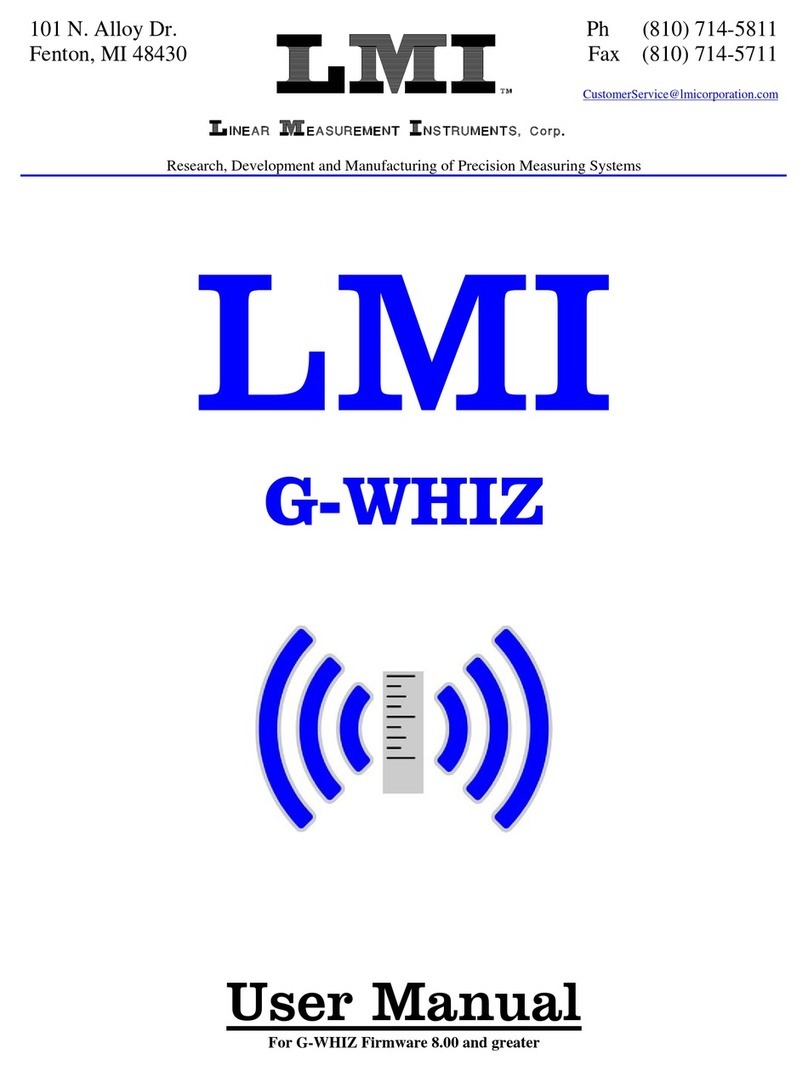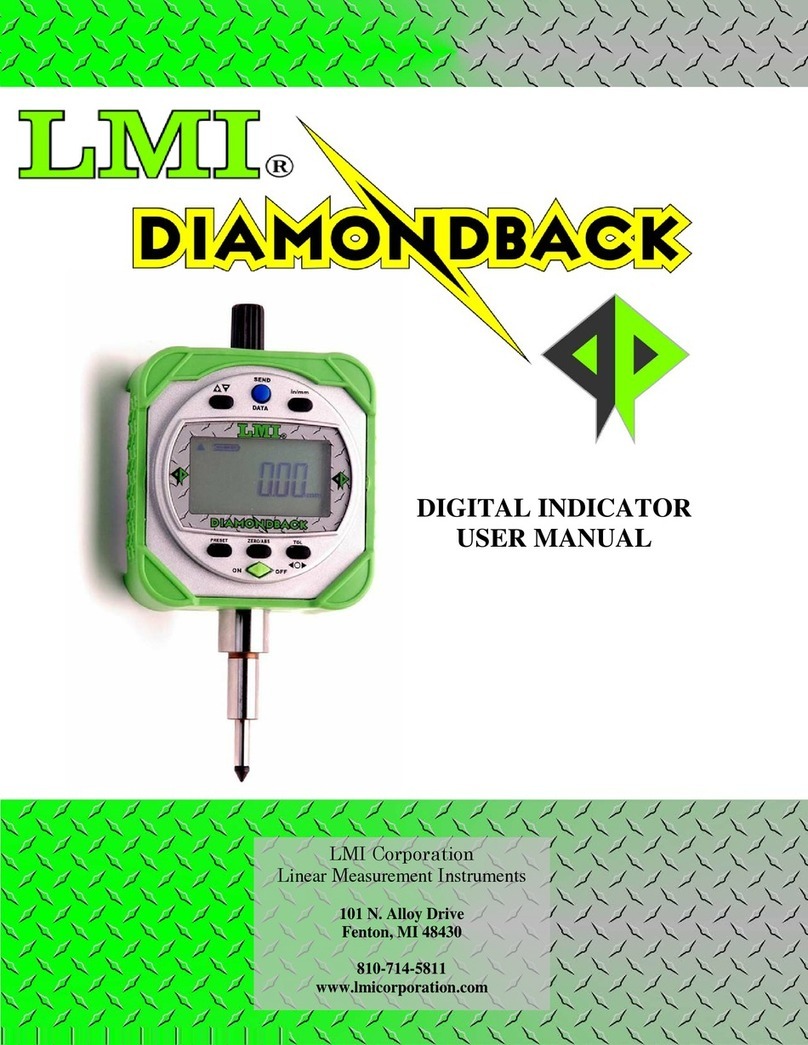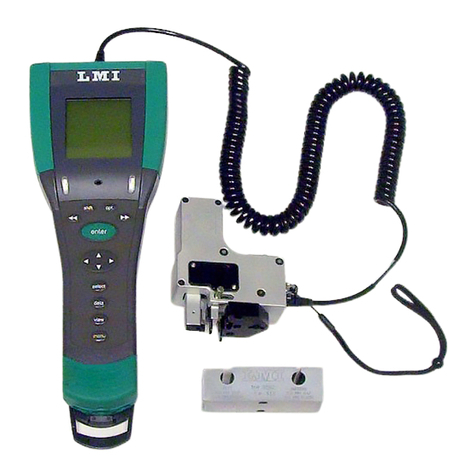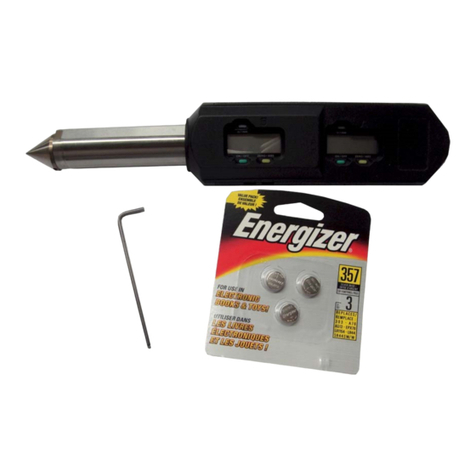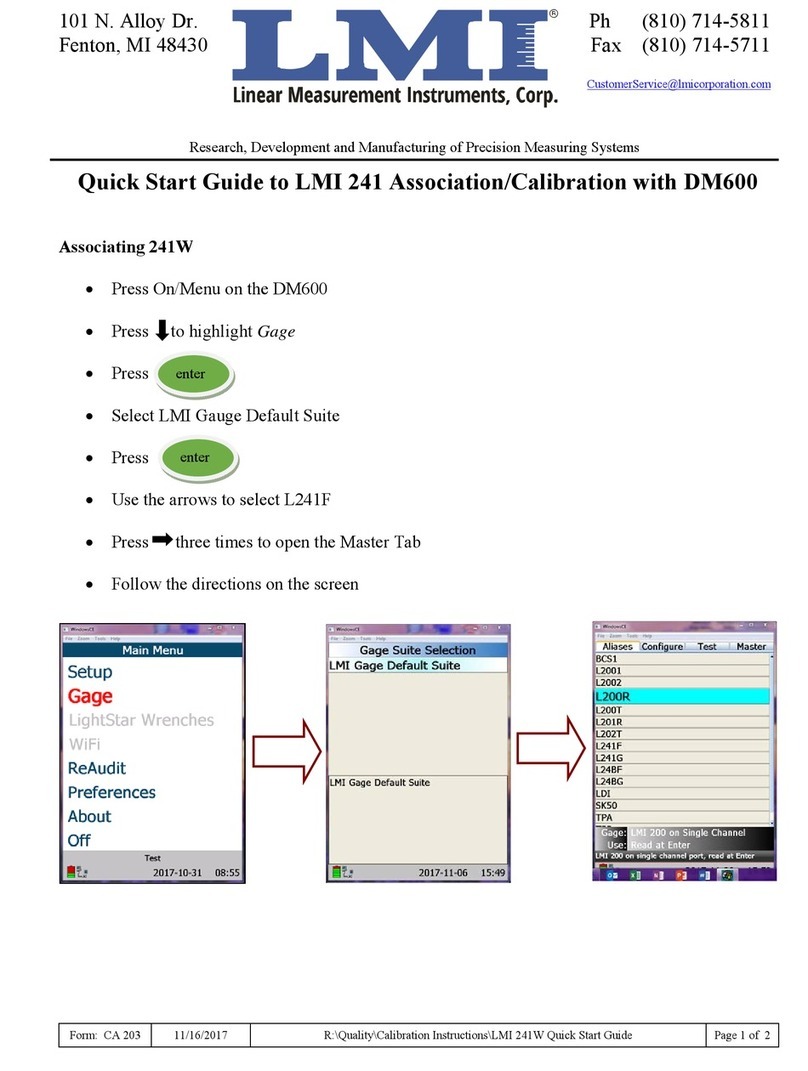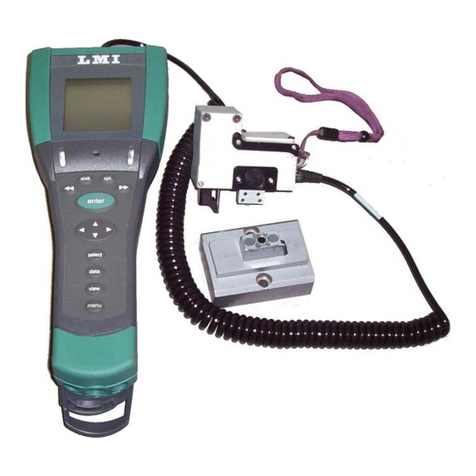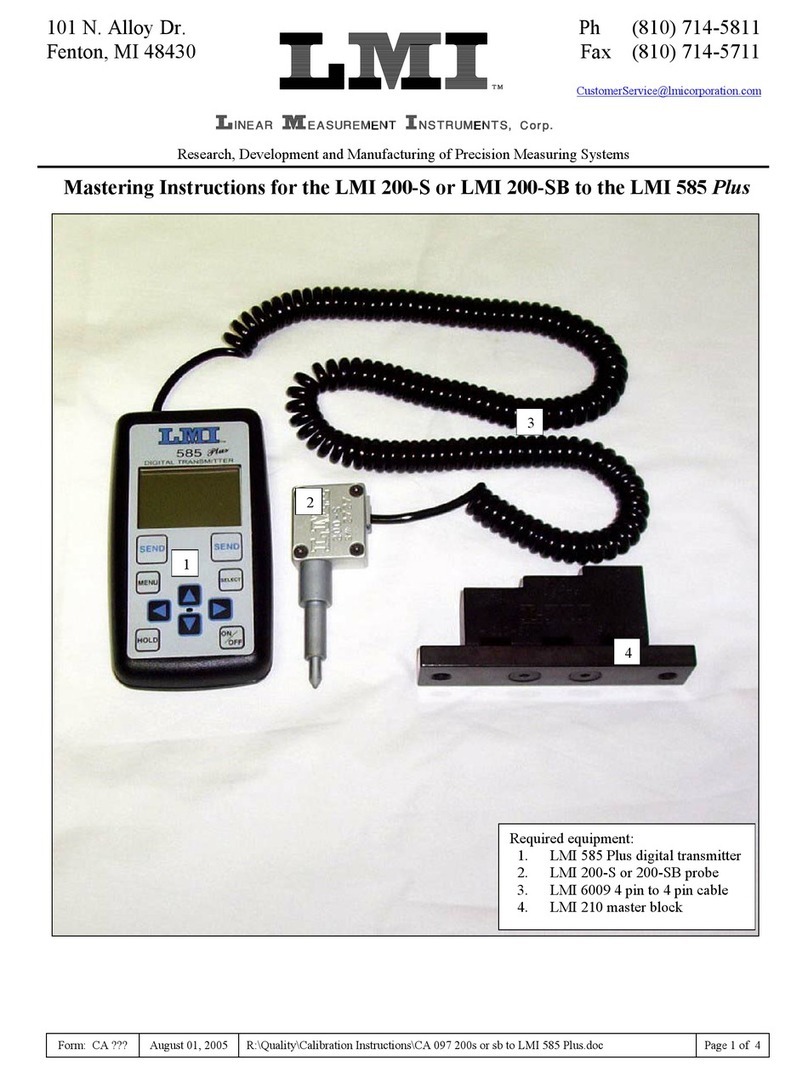
Safety and Maintenance • 8Gocator 2000 Family
Laser Classes
Class 2M laser components
Class 2M laser components would not cause permanent
damage to the eye under reasonably foreseeable
conditions of operation, provided that any exposure
can be terminated by the blink reflex (assumed to take
0.25 seconds). Because classification assumes the
blink reflex, the wavelength of light must be in the visible
range (400 nm to 700 nm). The Maximum Permissible
Exposure (MPE) for visible radiation for 0.25 seconds is
25 watts per square meter, which is equivalent to 1 mW
entering an aperture of 7 mm diameter (the assumed
size of the pupil).
IEC 60825-1:2007
LASER RADIATION
DO NOT STARE INTO THE BEAM
OR VIEW DIRECTLY WITH OPTICAL
INSTRUMENTS OR MAGNIFIERS
CLASS 2M LASER PRODUCT
PEAK POWER:
EMITTED WAVELENGTH:
This product is designated for use solely as a
component and as such it does not fully comply
with the standards relating to laser products
specified in U.S. FDA CFR Title 21 part 1040
and IEC 60825-1
1 mW
660 nm
Class 3R laser components
Class 3R laser products emit radiation where direct
intrabeam viewing is potentially hazardous, but the
risk is lower with 3R lasers than for 3B lasers. Fewer
manufacturing requirements and control measures for
3R laser users apply than for 3B lasers.
IEC 60825-1:2007
LASER RADIATION
AVOID DIRECT EYE EXPOSURE
CLASS 3R LASER PRODUCT
PEAK POWER:
EMITTED WAVELENGTH:
This product is designated for use solely as a
component and as such it does not fully comply
with the standards relating to laser products
specified in U.S. FDA CFR Title 21 part 1040
and IEC 60825-1
5 mW
660 nm
Class 3B laser components
Class 3B components are unsafe for eye exposure.
Usually only ocular protection will be required. Diffuse
reflections are safe if viewed for less than 10 seconds.
IEC 60825-1:2007
LASER RADIATION
AVOID EXPOSURE TO THE BEAM
CLASS 3B LASER PRODUCT
PEAK POWER:
EMITTED WAVELENGTH:
This product is designated for use solely as a
component and as such it does not fully comply
with the standards relating to laser products
specified in U.S. FDA CFR Title 21 part 1040
and IEC 60825-1
130 mW
660 nm
Labels reprinted here are examples only. For accurate specifications, refer to the label on your sensor.












